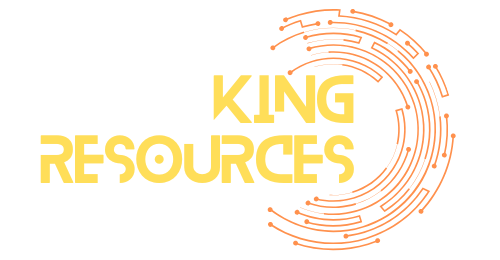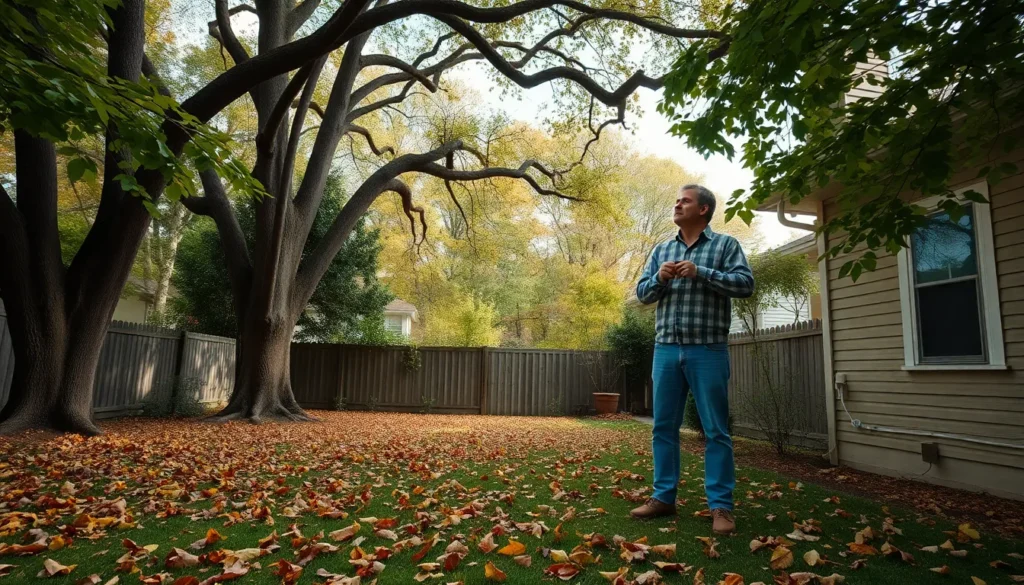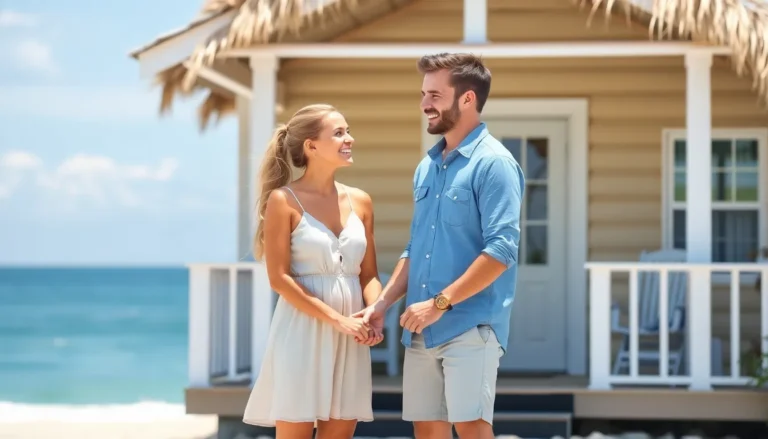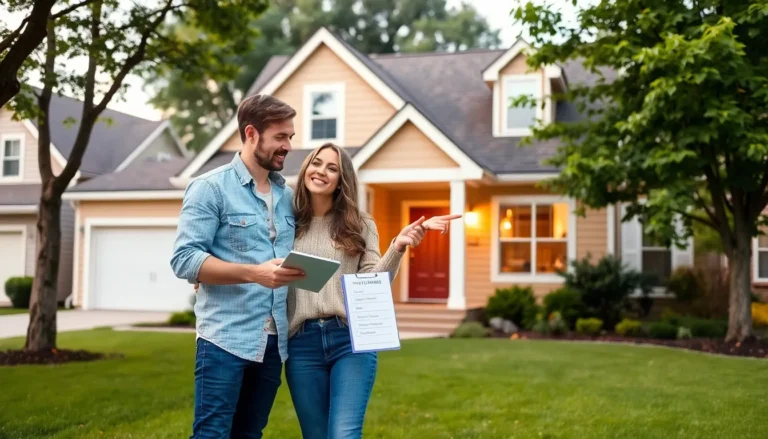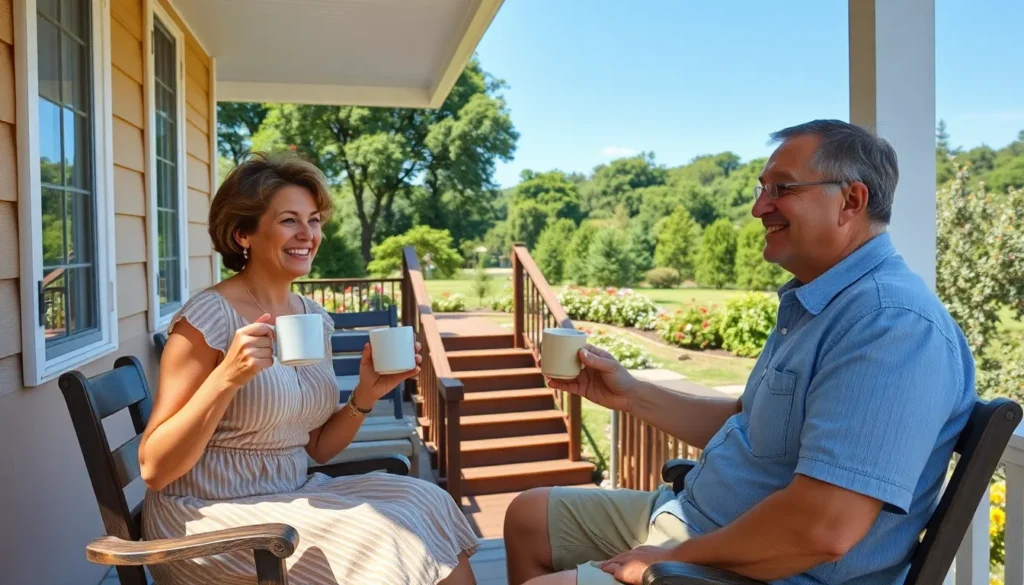Dealing with a neighbor’s trees that overhang onto your property can be a frustrating experience. While trees provide shade and beauty, their branches can also encroach on personal space, leading to disputes and concerns about property damage. Understanding the legal rights and responsibilities surrounding this issue is crucial for homeowners.
Navigating the complexities of property lines and local ordinances can feel overwhelming. Homeowners often wonder what steps to take when faced with overhanging branches. From trimming to potential legal action, knowing the options available can help maintain good neighborly relations while protecting one’s property. This article explores the key considerations and practical solutions for managing overhanging trees effectively.
Table of Contents
ToggleUnderstanding The Issue
Overhanging trees from a neighbor’s property can create various challenges for homeowners. Recognizing the implications and jurisdictional boundaries is crucial for effectively addressing these concerns.
Definition Of Overhanging Trees
Overhanging trees refer to branches or foliage that extend across property lines from one property onto another. The presence of such trees may lead to disputes regarding property rights, responsibilities for maintenance, and potential liabilities for damages caused by falling branches or fruit.
Impact On Property
Overhanging trees can significantly affect a homeowner’s property in several ways:
- Aesthetic Concerns: Aesthetic values can diminish when neighboring trees block sunlight or obstruct views, impacting the enjoyment of outdoor spaces.
- Property Damage: Property damage may arise from falling branches during storms or high winds, necessitating repairs to structures, fences, or landscaping.
- Health Risks: Health risks may occur due to potential hazards like falling limbs or increased pest populations associated with nearby trees.
- Legal Implications: Legal implications include varied local and state laws that dictate rights related to trimming, maintenance, and liability for damages.
- Maintenance Burden: Maintenance burdens can increase when debris from overhanging branches, such as leaves and twigs, accumulate on a homeowner’s property, leading to additional cleanup efforts.
Legal Rights And Responsibilities
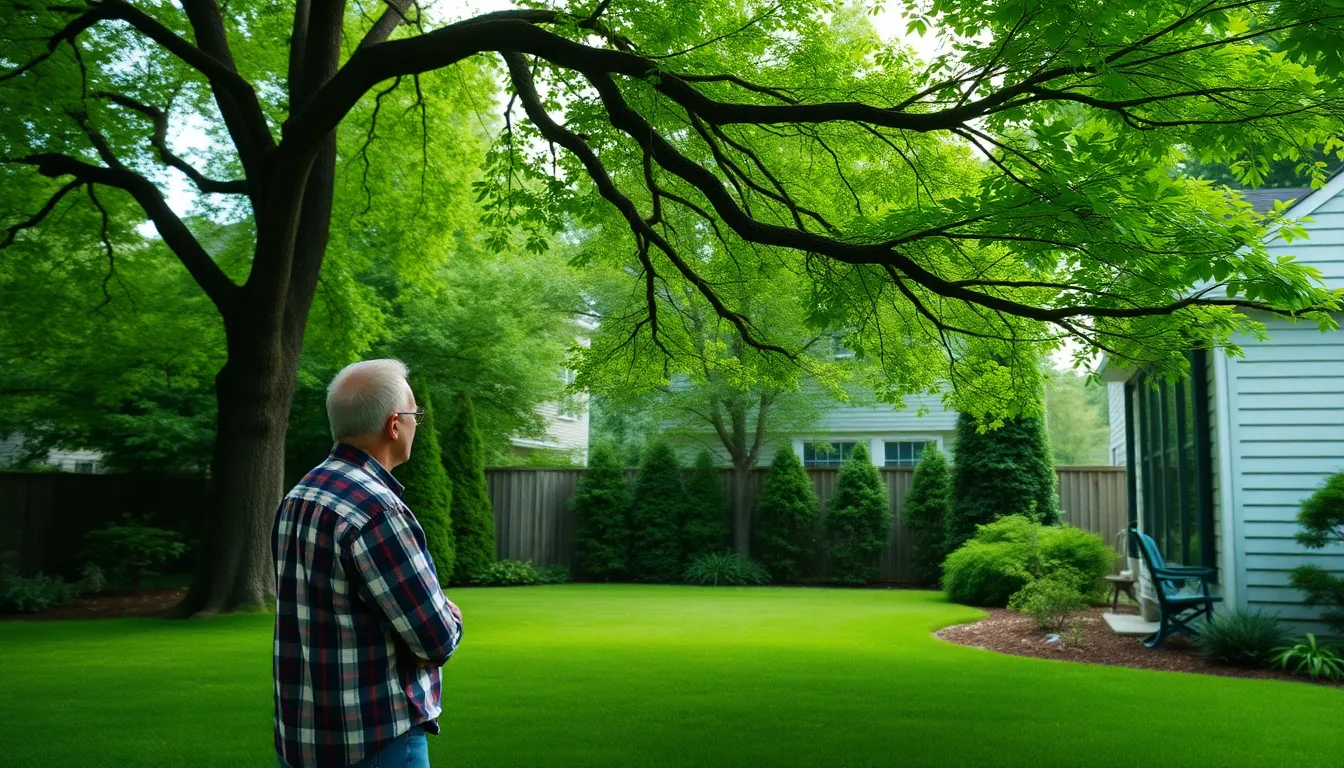
Understanding legal rights and responsibilities regarding overhanging trees is vital for homeowners. Knowledge of local laws and homeowner association guidelines helps in addressing issues effectively.
Local Laws And Regulations
Local laws dictate property lines and tree maintenance responsibilities. Property owners usually hold the right to trim branches that extend into their yards, provided the trimming does not harm the tree’s health. Various jurisdictions may have specific ordinances regulating tree trimming and removal, especially for protected species. Homeowners should consult municipal codes or legal resources to grasp relevant statutes impacting their situations.
Homeowner Associations
Homeowner associations (HOAs) often implement additional guidelines for tree maintenance and landscaping. These rules might include standards for maintaining trees, requirements for pruning, or restrictions on tree removal. Compliance with HOA regulations is mandatory, and members should review their governing documents for specific landscaping obligations. Engaging with the HOA can facilitate resolution when neighbor disputes arise over overhanging trees, promoting collective harmony in the community.
Communicating With Your Neighbor
Effective communication plays a vital role in addressing concerns about neighbor’s trees overhanging property. A constructive approach encourages positive outcomes and preserves relationships.
Approaching The Conversation
Approach the conversation calmly and respectfully. Select an appropriate time when both parties can engage without distractions. Begin by expressing your concerns without sounding accusatory. Use specific examples to illustrate the issues caused by the overhanging branches, such as debris accumulation or potential hazards. Listen actively to your neighbor’s perspective and be open to discussing potential solutions. Aim for a collaborative dialogue that fosters understanding.
Suggested Solutions
Consider proposing practical solutions during the conversation:
- Trimming the Trees: Suggest a joint effort to trim branches that extend over property lines. Offer to share costs or negotiate who handles the work.
- Consulting Professionals: Recommend hiring a certified arborist for an unbiased assessment of the trees. Their expertise can provide valuable insights into maintenance and limitations.
- Exploring Legal Options: Mention local ordinances or HOA guidelines if the situation does not improve. Knowledge of legal rights can help clarify responsibilities for both parties.
- Establishing Boundaries: Discuss marking property lines to avoid future misunderstandings. This clarity can facilitate better communication regarding tree maintenance.
- Creating a Maintenance Schedule: Propose a routine check-in about tree health and maintenance, preventing future issues and ensuring both parties stay informed.
These solutions can foster cooperation and ensure that both property owners maintain their interests while strengthening neighborhood ties.
Possible Actions To Take
Homeowners facing issues with their neighbor’s overhanging trees have several actions to consider. These options include requesting tree maintenance directly from the neighbor or seeking legal action if necessary.
Requesting Tree Maintenance
Homeowners can start by having a direct conversation with their neighbor regarding the overhanging branches. It’s crucial to approach this dialogue respectfully and calmly. This method helps maintain good neighborly relations while addressing the issue. Homeowners may explain the specific problems caused by the tree, such as debris accumulation or potential property damage.
When discussing the situation, homeowners can suggest various solutions, such as coordinating a mutual effort to trim the branches. If homeowners do not feel comfortable handling the situation independently, they might consider involving a professional arborist. Certified arborists can provide unbiased assessments and offer expert recommendations on tree maintenance, ensuring both parties understand the importance of the tree’s health during any trimming process.
Seeking Legal Action
If discussions with the neighbor do not lead to a satisfactory resolution, homeowners may explore legal options. Homeowners possess the right to trim branches that encroach on their property, as long as the health of the tree remains unaffected. It’s advisable to document any correspondence and interactions with the neighbor regarding the tree issue, as this information may serve as useful evidence.
Before pursuing legal action, homeowners should familiarize themselves with local ordinances and property laws. Consulting with a real estate attorney can clarify rights and responsibilities regarding tree maintenance and liability. Legal proceedings could include filing a nuisance claim or requesting mediation if negotiations fail, ensuring that homeowners protect their property while adhering to legal standards.
Navigating the complexities of overhanging trees from neighbors can be challenging. Homeowners must balance their rights with the importance of maintaining good neighborly relations. By understanding local laws and engaging in open communication, they can effectively address concerns while fostering a cooperative environment.
Taking proactive steps such as proposing joint trimming efforts or consulting professionals can lead to amicable solutions. When necessary, exploring legal options remains a viable path to protect one’s property. Ultimately, a thoughtful approach can help homeowners manage overhanging trees while preserving community harmony.
